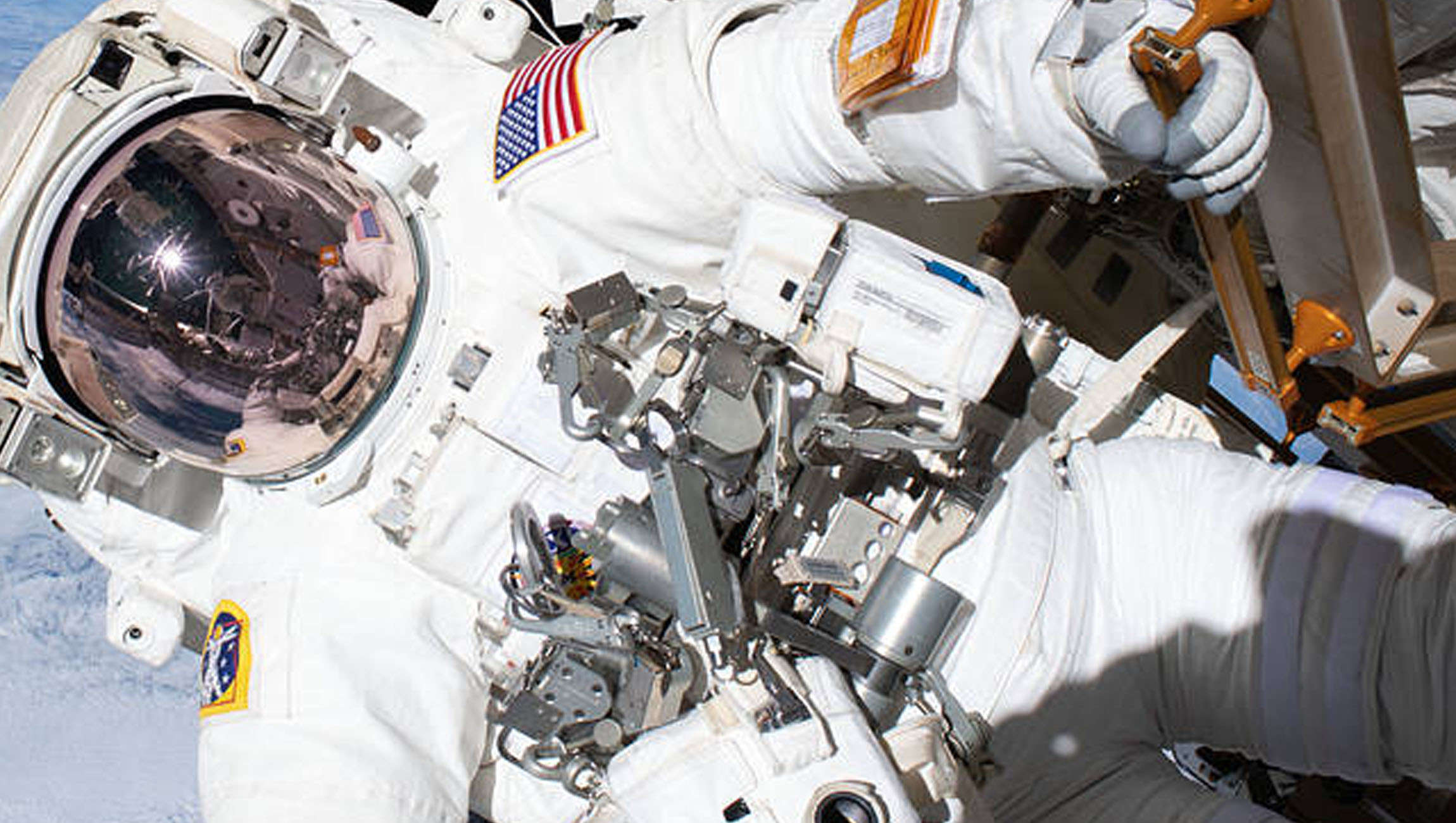Create a free profile to get unlimited access to exclusive videos, sweepstakes, and more!
NASA flying pieces of space suits to Mars to see which ones will keep astronauts alive

Mars is a hostile place. With next to no atmosphere or magnetosphere, this barren refrigerator of a planet gets pelted with solar and cosmic radiation that could be lethal to humans, and its neverending dust and rocks mean trouble. Even some rovers couldn't handle it.
What to wear on Mars goes far beyond fashion. While we don’t have androids that can walk around in spacesuit prototypes (yet), what NASA could do was send samples of material being considered for future spacesuits along with its Perseverance rover. Its SHERLOC (Scanning Habitable Environments with Raman & Luminescence for Organics & Chemicals) instrument will study what happens to them after exposure to brutal Martian conditions. The top survivors will also be candidates for Artemis missions to the Moon.
“On Mars, radiation will break down the chemical composition of the materials, weakening their tensile strength,” said NASA spacesuit designer Amy Ross. “We want to figure out how long these materials will last. Do we need to develop new materials, or will these hang in there?”
The materials en route to Mars right now are being tested for the outer layer of the suit (since that gets the most radiation exposure). Anything that can withstand Mars could possibly be a lunar candidate, since the radiation on the Moon is even worse. Never mind that while Mars is covered in obvious regolith that could tear at a suit, Moon dust is full of micro-shards of glass that could do the same and possibly creep into astronauts’ lungs when they don’t realize what they are breathing. SHERLOC will monitor how fast materials degrade so only the most durable are used for the exoskeleton of the suit.
So what are the spacesuits of the future possibly going to be made of? Ortho-fabric, which is made of flame-resistant Nomex, waterproof but breathable Gore-Tex, and bulletproof Kevlar. Polycarbonate is the helmet and visor material being tested. It doesn’t shatter on impact, but bends instead. Also on the journey are pieces of cut resistant Vectran, which is currently used for the gloves of ISS astronauts (above), and Teflon, which glove gauntlets are now made of. An extra sample of Teflon with a dust-resistant coating was also thrown in.
SHERLOC is carrying a fragment of Martian meteorite to make sure the instrument has the correct settings when comparing the environment on the Red Planet to simulations on Earth.
“SHERLOC can get the spectra, or composition, of rocks the mission's scientists want to study. It can do the same thing for these spacesuit materials. We've already tested them on Earth, bathing samples in radiation and then analyzing their spectra. The results of those tests, conducted in ultraviolet vacuum chambers at NASA's Marshall Space Flight Center, will be compared to what we see on Mars,” Ross said.
Perseverance is expected to touch down on Mars in February 2021. The Super Bowl is going to have to take a backseat.














